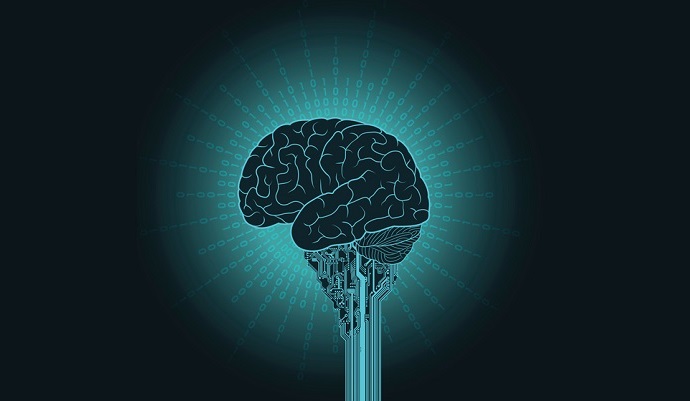What is the IoT Impact on Healthcare Data Storage, Analytics?
Healthcare data storage becomes strained under growing demands as organizations embrace artificial intelligence and analytics using IoT data.

Source: Thinkstock
- Organizations are adding more Internet of Things (IoT) devices to their network, which strains their infrastructure. IoT devices are constantly collecting data, causing entities to rethink their healthcare data storage and how to make IoT data actionable.
The IoT market is expected to grow at a CAGR of 25 percent through 2022, to be valued at $640 billion, according to a recent Research and Markets report. The high growth rate calls for organizations to rethink how they will store data and how they can use the data collected to improve patient care.
First organizations need to think about how they will store the influx of data being produced by medical IoT devices. Patient implants and monitoring tools, along with networked machines, are all considered IoT devices. These devices vary and are constantly communicating with the network.
Storing the data collected by IoT devices on-premises can be extremely costly and inflexible. On-premises storage also needs more staff to manage and maintain, and any problems need to be dealt with by the organization instead of a storage vendor.
Looking into cloud storage for large amounts of patient data can help organizations save money. Public cloud is the most scalable data storage solution. Storage space can be added or dropped as the size of an organization changes. This makes public cloud popular for temporary projects as well as data migration.
Public cloud is typically paid for with a monthly subscription fee that entities can easily modify, depending on how much space is needed. The fee-for-service model caters to organizations that cannot afford their own on-premises storage space or private cloud platform. Organizations that are expanding their IT infrastructure, testing, or migrating applications can benefit greatly from the public cloud’s flexibility.
Entities also do not have to hire staff to manage and maintain on-premises hardware because it is taken care of by the cloud service provider. IT staff does not have to worry about repairs or updates.
Once how to store the data is sorted out, organizations need to think about what they want to do with their data and how to use infrastructure tools to achieve that goal. IoT data is extremely valuable when it comes to population health and real-time time analytics.
A report by Mind Commerce found that IoT devices are critical to collecting data for real-time analytics. Wearable medical devices collect data needed to draw better and more accurate conclusions based on a patient’s personal lifestyle and habits. Patients can even use their own personal wearables such as smartwatches and fitness bands to help healthcare organizations collect this data.
Real-time analytics has the potential to support value-based care initiatives by giving clinicians the data they need to diagnose a patient at the point of care. Diagnosing patients at the point of care with personal analytics results reduces the rate chance of wrong diagnoses and cuts down on the number of return visits, saving entities money.
However, the data collected is too extensive to be used without an artificial intelligence (AI) solution to sort through the data and make it actionable. Machine learning and natural language processing will allow organizations to use and relate data that couldn’t be processed before.
According to Gartner, AI systems create and adapt with the intention of acting autonomously to complete tasks. The healthcare industry intends to use AI to help clinicians make faster and more informed decisions at the point of care. Creating data repositories using AI will help clinicians use more data at a faster rate to give more accurate diagnoses.
"AI techniques are evolving rapidly and organizations will need to invest significantly in skills, processes and tools to successfully exploit these techniques and build AI-enhanced systems," Gartner Fellow and Vice President David Cearley said in a statement. "Investment areas can include data preparation, integration, algorithm and training methodology selection, and model creation. Multiple constituencies including data scientists, developers and business process owners will need to work together."
Healthcare organizations implementing IoT devices need to think about their IT infrastructure and what tools will allow them to cut back on costs while improving patient care. Storing data in the cloud is the first step before implementing tools that will allow organizations to use their IoT data to improve patient care.
